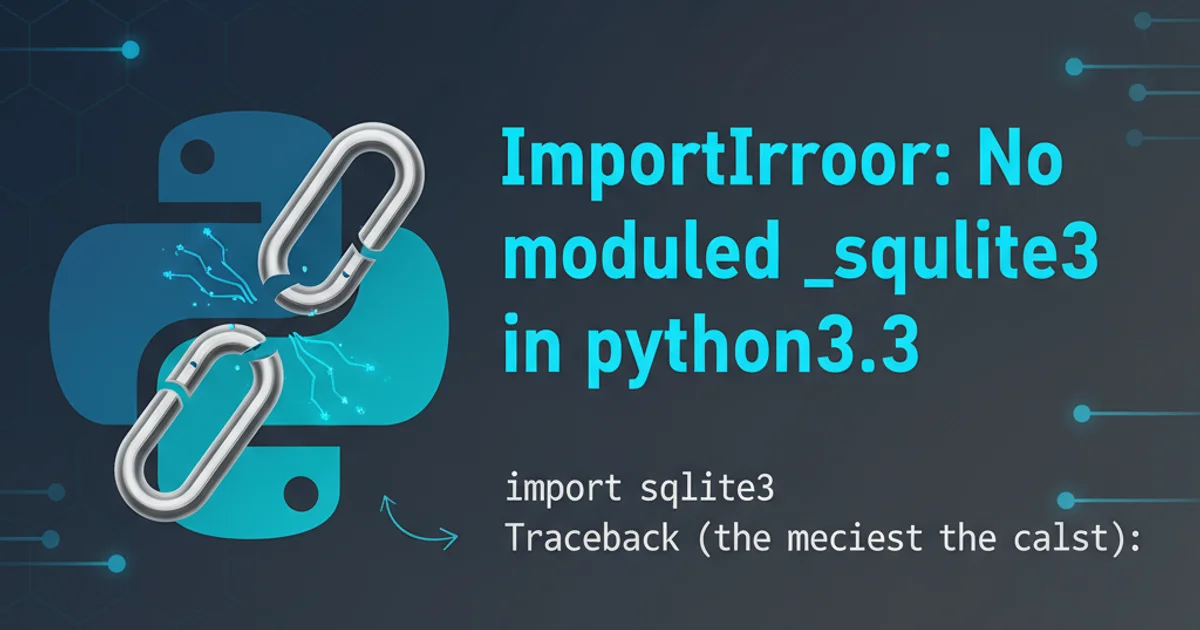Do you need java installed to run jar files?
Categories:
Do You Need Java Installed to Run JAR Files?

Explore the essential requirements for executing Java Archive (JAR) files and understand the role of the Java Runtime Environment (JRE).
Java Archive (JAR) files are a common way to package Java classes, metadata, and resources into a single file for distribution. They are essentially ZIP files with a .jar extension. While they contain all the necessary components of a Java application, the question often arises: can you run a JAR file without having Java installed on your system? The short answer is no, but the full explanation involves understanding the Java ecosystem.
The Role of the Java Runtime Environment (JRE)
To execute any Java application, including those packaged as JAR files, your system needs a Java Virtual Machine (JVM). The JVM is the core component of the Java Runtime Environment (JRE). The JRE provides the necessary libraries, classes, and the JVM itself to run compiled Java code. Without a JRE, your operating system simply doesn't know how to interpret and execute the bytecode contained within a JAR file.
flowchart TD
A["JAR File (.jar)"] --> B{"Operating System"}
B --> C{"JRE Installed?"}
C -- No --> D["Execution Fails (e.g., 'java' not found)"]
C -- Yes --> E["Java Virtual Machine (JVM)"]
E --> F["Java Application Runs"]
style D fill:#f9f,stroke:#333,stroke-width:2px
style F fill:#bfb,stroke:#333,stroke-width:2pxFlowchart illustrating JAR file execution dependency on JRE.
UnsupportedClassVersionError.How to Run a JAR File
Once you have a JRE (or JDK, which includes a JRE) installed, running a JAR file is straightforward. Most operating systems will associate the .jar extension with the Java executable, allowing you to simply double-click the file. Alternatively, you can use the command line for more control, especially for JARs that require specific arguments or have no graphical interface.
java -jar YourApplication.jar
java -jar MyProgram.jar arg1 arg2
Command-line execution of a JAR file.
Bundling Java with Your Application
For developers who want to distribute their Java applications without requiring end-users to install Java separately, there are solutions. Modern Java versions (Java 9 and later) offer tools like jlink and jpackage that allow you to create custom runtime images containing only the necessary modules of the JRE along with your application. This results in a self-contained executable that doesn't rely on a pre-installed system-wide JRE.
1. Verify Java Installation
Open a terminal or command prompt and type java -version. If Java is installed, you will see version information. If not, you'll get an error.
2. Install Java (if needed)
Download and install the latest Java Runtime Environment (JRE) or Java Development Kit (JDK) from Oracle or OpenJDK. Follow the installation instructions for your operating system.
3. Execute the JAR File
Navigate to the directory containing your JAR file using the command line and run java -jar YourApplication.jar. Alternatively, double-click the JAR file if your system is configured correctly.